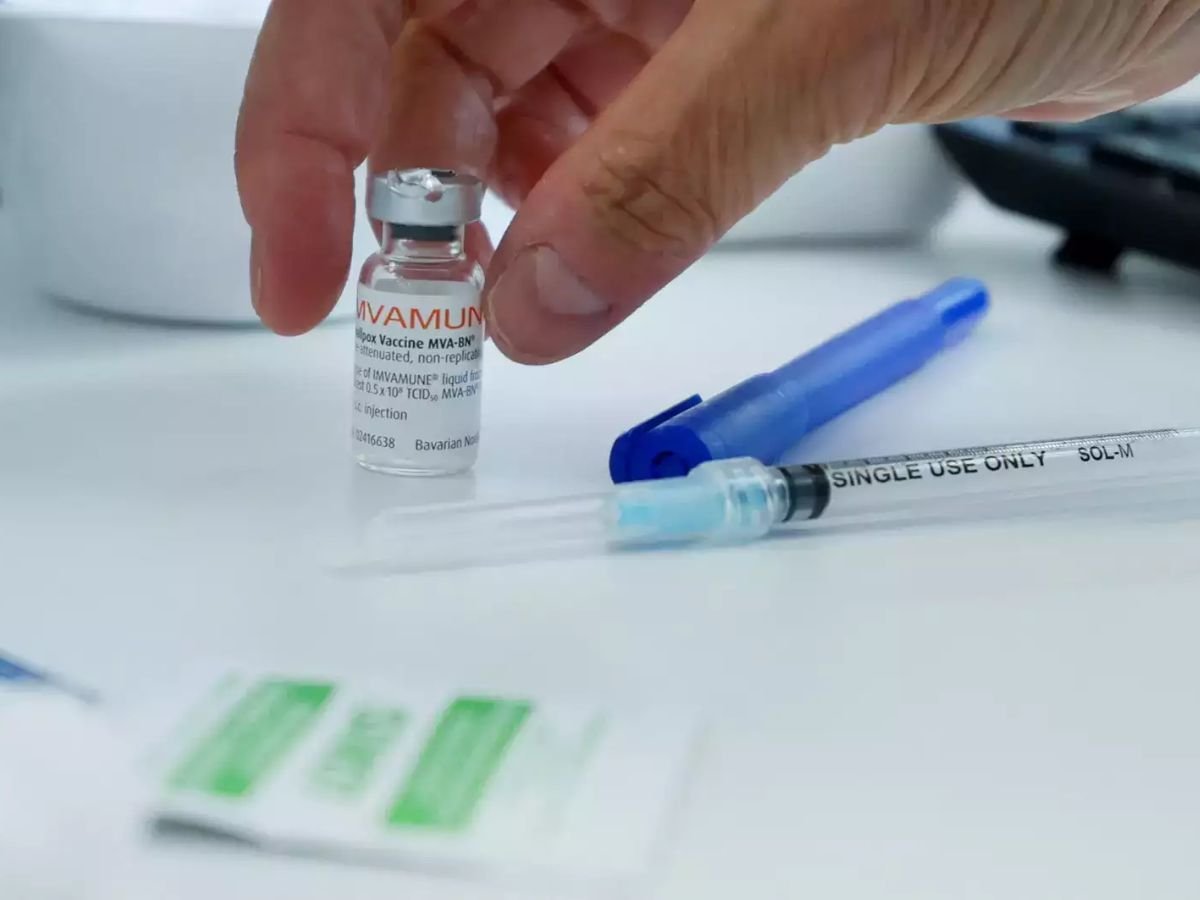Scientists from the University of Tokyo have invented skin that resembles human skin but is more active. In a study published in the journal issue, they describe a robot finger coated in organic skin that possesses waterproof and healing properties. Progress may appear insignificant, yet it takes us remarkably near to real people! “I believe that live skin is the final option for making robots look like living beings because it is the same material that covers the bodies of animals.” According to the study’s first author, Shuji Takeuchi.
Original human skin components
To achieve this texture
The researchers used a collection of laboratory-created live cells. Collagen-based. Planting inspired this blend. Biological substances used in the treatment of severe wounds and burns. They initially immerse the robot’s finger in a fibrous concoction. Dermisthen coated everything with keratinocytes from human skin and collagen for reproduction. Make a skin tone.

Then, by hardening, everything shrank around the finger, forming wrinkles akin to those of genuine leather. “The advantage of our strategy for covering 3D objects in the equivalent of skin is the use of tissue shrinkage during culture, which allows similar coverage of 3D objects, particularly those with curved and irregular surfaces,” researchers write.
To examine the clothing and flexibility The team had various actions to me automated fingerand has more “Assessing the barrier function of synthetic skin analogues.” in the laboratory from the leather. As the researchers explain, “we used electrical measurements and tests to determine water retention.” And it all held up beautifully! air “the finger” Directly “moisten” from the growth medium. S.Takeuchi, ecstatic. Because the finger is powered by an electric motor, hearing the motor click in harmony with a finger that appears like a genuine finger is equally fascinating.
qualities of healing
In addition to its cosmetic and mechanical advantages, the newly formed skin possesses self-healing properties. The researchers applied a collagen bandage to the robotic finger after eating it ” injury “: the bandage gradually dissolves in the skin and thus rebuilds it! ” Dermal fibroblasts healed the wound when the collagen layer was placed to the wound site. These findings show that robots encased in living materials can perform biological activities and offer a new perspective on robotic materials.”








































